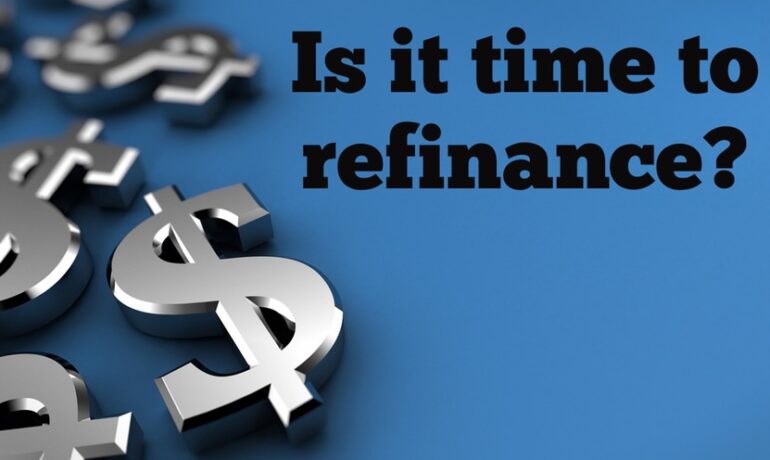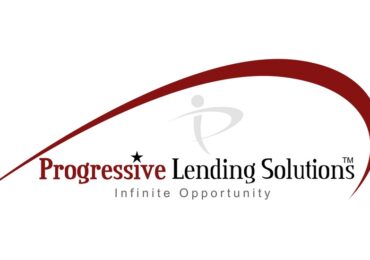Refinancing with Confidence.
Don’t assume your existing loan is with the best company. Your existing lender may not have the best rates and programs. There is a general misconception that it is easier to work with your current lender. In most cases, your current lender will require the same documentation as other companies. This is because most loans are sold on the secondary market and have to be approved independently. Even if you have made all your mortgage payments on time, your existing lender will still have to verify assets, liabilities, employment, etc. all over again.
Here are some things to know when refinancing your home.
Have a good idea of what your home is going to appraise at. Have the appraisal company prepare a desk review appraisal (typically at no charge) to provide you with a range of possible values. Your mortgage company’s appraiser may do this for you. Do not waste your money on a full appraisal if you are doubtful about the value of your home.
Be sure to work with your Loan Representative on items that you need to provide. When your mortgage company asks you for additional documents, provide them immediately. They are doing what’s necessary to get your loan approved and closed. Delays in providing documents can result in costly delays.
Get your rate lock in writing. When a mortgage company tells you they have locked your rate, get a written statement which includes the interest rate, the length of the rate lock and details about the program.
Do not tap into your existing credit line prior to completing the refinance. Many lenders have cash-out seasoning requirements. This means that if you pull cash out of your credit line for anything other than home improvements, they will consider the refinance to be a cash-out transaction. This usually results in stricter requirements and can, in some cases, break the deal!
Use the knowledge of your Loan Representative. Getting a refinance done can be quick and painless; however, you will want to ask questions early on to eliminate confusion towards the end of the process. Many things can change during the process, make sure you communicate well with your Loan Rep. and inquire on items that bring up question.
Should I Refinance?
The most common reason for refinancing is to
save money.
Saving money through refinancing can be achieved in two ways:
- By obtaining a lower interest rate that causes one’s monthly mortgage payment to be reduced.
- By reducing the term of the loan, thus saving money over the life of the loan. For example, refinancing from a 30-year loan to a 15-year loan might result in higher monthly payments, but the total of the payments made during the life of the loan can be reduced significantly.
People also refinance to
convert their adjustable loan to a fixed loan. The main reason behind this type of refinance is to obtain the stability and the security of a fixed loan. Fixed loans are very popular when interest rates are low, whereas adjustable loans tend to be more popular when rates are higher. When rates are low, homeowners
refinance to lock in low rates. When rates are high, homeowners prefer adjustable loans to obtain lower payments.
A third reason why homeowners refinance is to consolidate debts and replace high-interest loans with a low-rate mortgage. The loans being consolidated may include second mortgages, credit lines, student loans, credit cards, etc. In many cases,
debt consolidation results in tax savings, since consumers loans are not tax deductible, while a mortgage loan is tax deductible.
The answer to the question “Should I refinance?” is a complex one, since every situation is different and no two homeowners are in the exact same situation. Even the conventional wisdom of refinancing only when you can save 2% on your mortgage is not really true. If you are refinancing to save money on your monthly payments, the following calculation is more appropriate than the rule of 2%:
- Calculate the total cost of the refinance––example: $2,000
- Calculate the monthly savings––example: $100/month
- Divide the result in 1 by the result in 2––in this case 2000/100 = 20 months. This shows the break-even time. If you plan to live in the house for longer than this period of time, it makes sense to refinance.
Sometimes, you do not have a choice, you are forced to refinance. This happens when you have a loan with a balloon provision, but with no conversion option. In this case it is best to refinance a few months before the balloon comes due.
Whatever you choose to do, consulting with a seasoned mortgage professional can often save you time and money. Make a few phone calls, check out a few web sites, crunch on a few calculators and spend some time to understand the options available to you.
For more information on Refinancing your home, contact one of our Loan Consultants today for a FREE look at the options available to you. Contact us today




